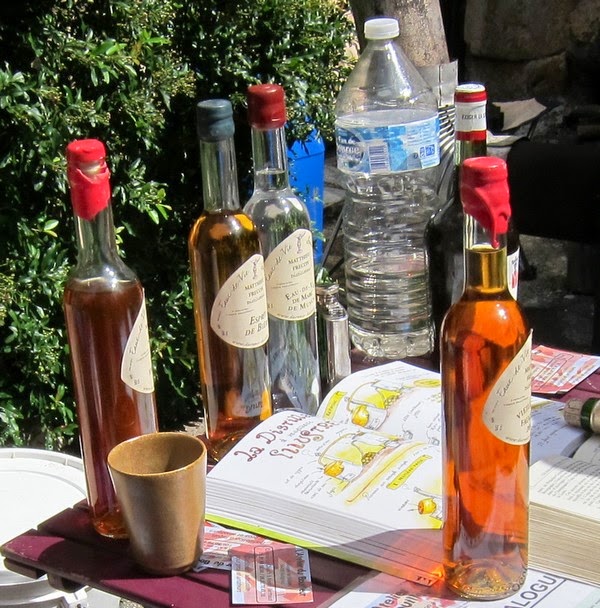
I’ve written very little on this blog about two of the biggest challenges for small independent wine producers. How to raise finance and how to market their wine. Big subjects requiring serious professional research, but I have some observations in a specific context.
Here are some perennial questions. Why is it so hard to sell small grower’s Languedoc wine to the UK market? How can a winegrower expand their business? How can sustainable finance (especially post 2008) be obtained? With limited time and budget, can wines be marketed in far away English speaking countries?
There seems to be an answer that addresses all of these questions to some extent without introducing too many more.
I first came across Naked Wines back in 2011 when it was much talked about (mainly sceptically) on social media. Four highly respected Languedoc domains I’ve followed for years (Domain Jones, Virgil Joly, Domain Saint-Rose and O’Vineyards) are involved so add to my curiosity and intrigue. For a description of Naked Wines' business there are links at the bottom of this post.
In brief, Naked Wines is essentially an on-line mail order platform where customers (can optionally) subscribe to help small wineries with capital and buy wines guided by customer ratings and discussions. There are two further crucial attributes. Everything is wine novice friendly and non-stuffy, plus there are photos and pen portraits of the winemakers themselves. You can even ask the winemakers questions on a shared forum. There are no wine fiches, just a few plain words to communicate the style of each wine.
Back in 2011 I was sceptical, mainly fuelled by: -
- A buyer cashback scheme felt
overly gimmicky. This has been discontinued and the customer proposition nicely simplified. Members, called angels, do pay a £20 monthly minimum towards
orders and this, their website states, funds winemakers (until the customer places and order).
- Pricing has a “normal” along with a typically 25% to 50% discounted member’s price. This plays the game UK consumers love so the reality must be that more customers are attracted by this than put off. After all, the very successful now near nationwide Majestic is always peppered with plenty of rotating buy 2 bottles and save a quid or two deals. UK supermarkets permanently freature BOGOF et al promotions.
- All the wines seem to be exclusive to Naked Wines so are not available elsewhere. In some cases the grapes won’t be from the grower’s vineyards or even nearby, but this is explained for the wines I’ve checked. This makes assessing value for money guesswork. I have never seen nor received an answer to his, so concluded that if the winemakers are happy with their overall package of funding and sales that’s fine. All wines are scored as the percentage of customers who would buy again (as opposed to not buy). A simple mechanism that should ensure the perceived best value wines sell. Many, including the four Languedoc growers, continue to make and market their regular lines.
With the emphasis on engagement with the personalities behind the wines hopefully Naked Wines can only nurture new wine lovers to take a more in-depth interest and move on. Growing the UK customer base is the one thing that should benefit everyone.
Jancis Robinson’s piece is here jancisrobinson.com/articles/naked-revisited
Quartz offers an interesting business perspective here qz.com/naked-wines-wine-is-ripe-for-disruption-and-this-man-is-doing-it
Naked wines web site.























